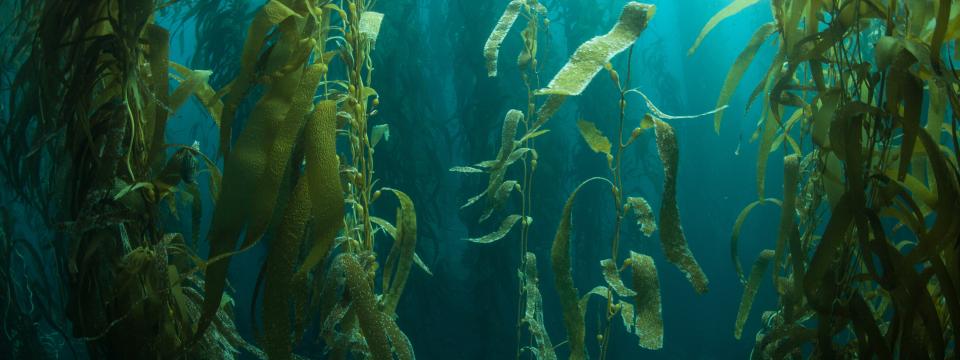This bibliography gathers publications over many years from a variety of researchers exploring topics of agency, directionality, and function (among others) with a special emphasis on CASP members. It began with work from teams within the initial Agency, Directionality and Function project and continues to be populated with papers and articles from diverse researchers looking to further develop and expand ways of working interdisciplinarily on the complex theme of teleology.
Included in the bibliography are entries for publications and books that many scholars involved in the Agency, Directionality and Function project recommended as foundational texts in their field of study. We welcome suggestions for additions to the bibliography from CASP members.
Function and Teleology
Lennox, L.G. (2017). “William Harvey: enigmatic Aristotelian of the seventeenth century.” In Teleology in the Ancient World: Philosophical and Medical Approaches. Edited by J. Rocca. New York: Cambridge University Press.
Lenoir, T. (1982). The Strategy of Life: Teleology and Mechanics in Nineteenth Century German Biology. Chicago: University of Chicago Press.
Leunissen, M. (2010). Explanation and Teleology in Aristotle’s Science of Nature. New York: Cambridge University Press.
Lewens, T. (2004). Organisms and Artifacts: Design in Nature and Elsewhere. Cambridge (UK): Cambridge University Press.
Li, M. Y., Callaway, F., Thompson, W. D., Adams, R. P., & Griffiths, T. L. (2023). Learning to Learn Functions. Cognitive Science, 47(4), e13262.
Love, A. C., & Dresow, M. (2022). Organizing Interdisciplinary Research on Purpose. BioScience, 72(4), 321–323.
Love, A.C. (2007). “Functional homology and homology of function: biological concepts and philosophical consequences.” Biology and Philosophy 22:691–708.
Magner, E. T., Roy, R., Freund Saxhaug, K., Zambre, A., Bruns, K., Snell‐Rood, E. C., Hampton, M., Hegeman, A. D., & Carter, C. J. (2023). Post‐secretory synthesis of a natural analog of iron‐gall ink in the black nectar of Melianthus spp. New Phytologist, nph.18859.
Mayr, E. (1974). "Teleological and teleonomic: a new analysis.” Boston Studies in the Philosophy of Science 14:133–159.
McLaughlin, P. (1990). Kant's Critique of Teleology in Biological Explanation. Lewiston, NY: Edwin Mellen Press.
McLaughlin, P. (2001). What Functions Explain: Functional Explanation and Self-Reproducing Systems. Cambridge (UK): Cambridge University Press.
McShea, D.W. (2012). “Upper-directed systems: a new approach to teleology in biology.” Biology and Philosophy 27:663–688.
McShea, D.W. (2016). “Freedom and purpose in biology.” Studies in History and Philosophy of Biological and Biomedical Sciences 58:64–72.
Militello, G., Bich, L., & Moreno, A. (2021). Functional Integration and Individuality in Prokaryotic Collective Organisations. Acta Biotheoretica, 69(3), 391–415.
Millikan, R.G. (1984), Language, Thought, and Other Biological Categories: New Foundations for Realism. Cambridge (MA): The MIT Press.
Moreno, A., Etxeberria, A. and Umerez, J. (2008). “The autonomy of biological individuals and artificial models.” BioSystems 91:309–319.
Mossio, M. and A. Moreno. (2015). Biological Autonomy. Springer Dordrecht.
Mossio, M., & Pontarotti, G. (n.d.). Conserving Functions across Generations: Heredity in Light of Biological Organization.
Nagel, E. (1961). The Structure of Science: Problems in the Logic of Scientific Explanation. New York: Harcourt, Brace & World.
Nagel, E. (1977). "Teleology revisited: goal-directed processes in biology." Journal of Philosophy 74(5):261–301.
Newman, S. A. (2022). Form, Function, Agency: Sources of Natural Purpose in Animal Evolution. In Evolution ‘on Purpose’: Teleonomy in Living Systems. EcoEvoRxiv.
Newman, S. A. (2023). Inherency and agency in the origin and evolution of biological functions. Biological Journal of the Linnean Society, 139(4), 487–502.
Newman, S. A. (n.d.). Inherency and agency in the origin and evolution of biological functions. "Inherency and Agency in the Origin and Evolution of Biological Functions." Biological Journal of the Linnean Society, blac109
Oderberg, D., Hill, J., Austin, C., Bojak, I., Gibbins, J., & Cinotti, F. (2023). Biological Mistakes: What They Are and What They Mean for the Experimental Biologist. The British Journal for the Philosophy of Science, 724444.
Okasha, S. (2018). Agents and Goals in Evolution. Oxford: Oxford University Press.

